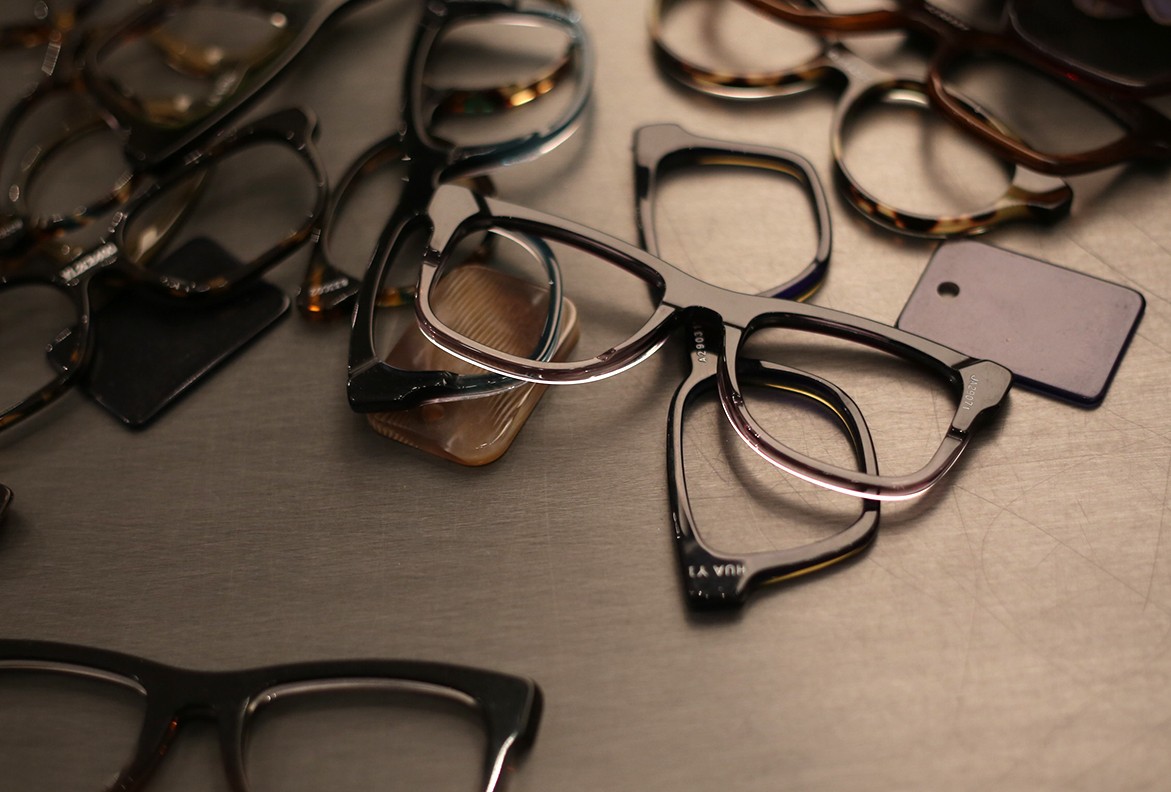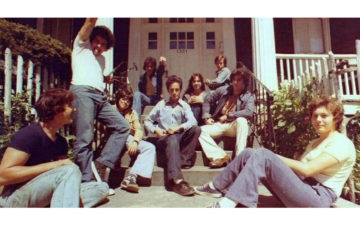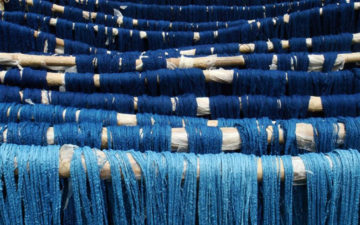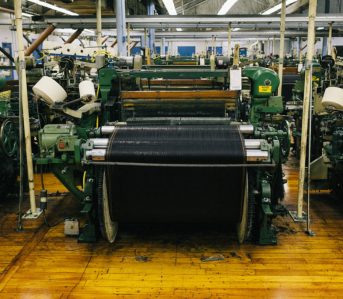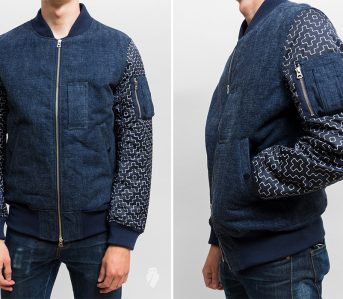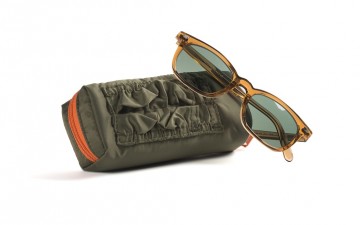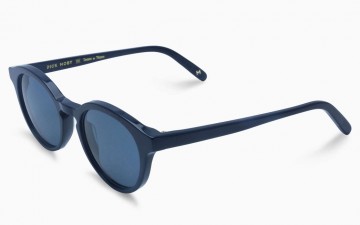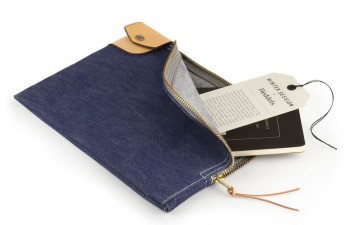Fun Fact: In less enlightened times (though these days, it’s getting very hard to consider our “times” as enlightened), ivory was harvested at an alarming rate due to the high number of products–many quite pedestrian–that were made from it, including billiard balls.
So when they started thinking about ivory alternatives that would keep elephants way more alive and still allow you to bank the 9 ball in the corner pocket, all kinds of synthetic compounds were tried until they finally arrived at a new-fangled kind of plastic called Bakelite. (Turns out balls made from it acted just like ivory!) Interesting, right? (This is the kind of information I have in my head instead of math and science stuff. See–if I was smarter, I wouldn’t reduce the universes of math and science to the word “stuff.”)
Anyway, I share this to not just make myself feel better but because it relates to the topic at hand–Cellulose Acetate (CA)–an all natural (spoiler alert!) product that makes some of the niftiest eyeglasses you can buy and that way back when helped to save lives (not elephants this time).

Kindling, otherwise known as Nitrate Film.

French Chemist Paul Schutzenberger
Remember the climatic scene in Quentin Tarrantino’s Inglourious Basterds where all the Nazis burn to death thanks to a blazing heap of nitrate film?
Turns out that happened in real life–not the Nazis part but people who handled nitrate film often had serious issues due to it’s highly flammable nature. Enter Cellulose Acetate, a synthetic compound discovered by the French chemist Paul Schutzenberger (who probably didn’t refer to science as “stuff”) who found that cellulose can react with acetic anhydride to form cellulose acetate (duh, right?), a useful compound for making all kinds of things. Since it’s discovery in 1865, Cellulose Acetate has been used to make clothing, film coatings (no more feature length fires), IBM computers, Legos, and…eyeglasses.
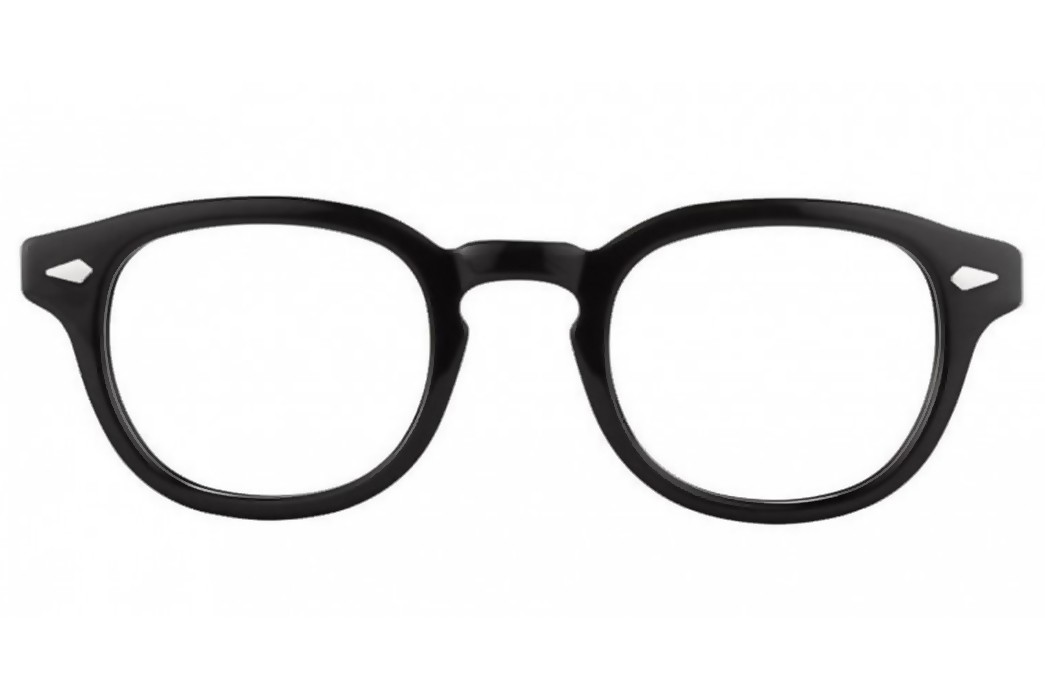
Lemtosh by Moscot
In the nineteenth and twentieth centuries, CA’s appeal was a bit of Gee Whiz Better Living Through Chemistry, but today we like it because it’s made from natural fibers like cotton, plants and wood (the cellulose), it’s a renewable product with minimal nasty byproducts (unlike petroleum-based plastics), it’s completely hypoallergenic, strong though lightweight, and it takes dye very well.
It is a bit more sensitive to heat and more expensive than other forms of “plastic,” but those who’ve fallen under its spell (like our editor David behind his prized Moscot Lemtoshs [They’re great! -Ed]) will accept no substitutes.
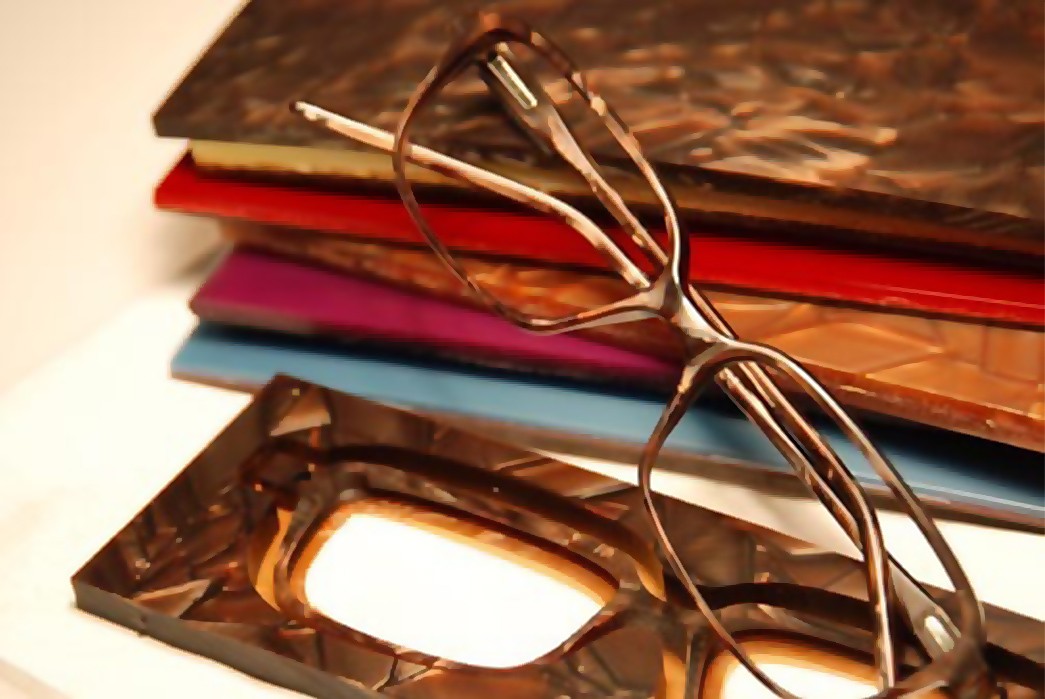
CA Glasses cut from a slab.
CA really took hold as eyewear in the late 1940’s when pretty much every pair was black, brown or gray, but boy were those pairs glossy (CA has serious hi-shine abilities). Through the decades when more colors entered the fashion mainstream, CA delivered well, allowing makers to layer, cut, form and polish it into some super desirable designs.
The manufacturing process remains as labor intensive today (watch this wildly satisfying video of a sheet of CA being made from scratch by the Mazzucchelli company), especially in contrast to the cheap and brittle plastic of most eyeglasses that’s injection molded.
(For the whole lowdown on CA manufacturing process, a visit to the Classic Specs site will not disappoint.) In a nutshell, CA is a handmade product, and the glasses made from it reflect that artisanal approach and will have the heft, sheen and luster of that which deserves a place on your face. Should you need another pricy vice, this is one of the few items we can recommend that goes above the neck.
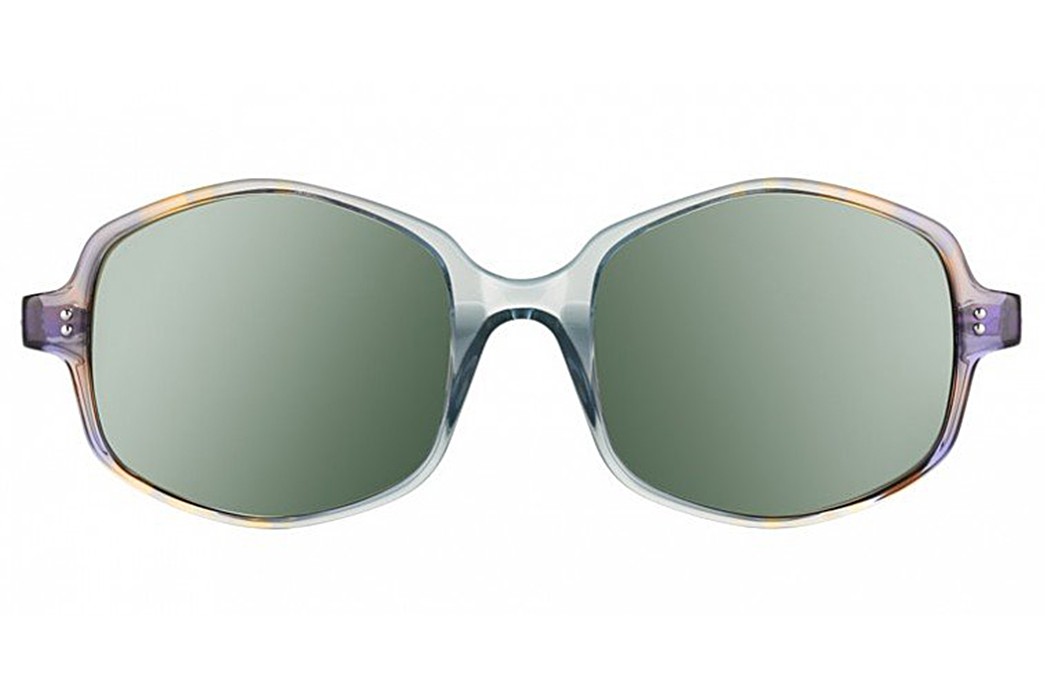
The Colorful Yente by Moscot
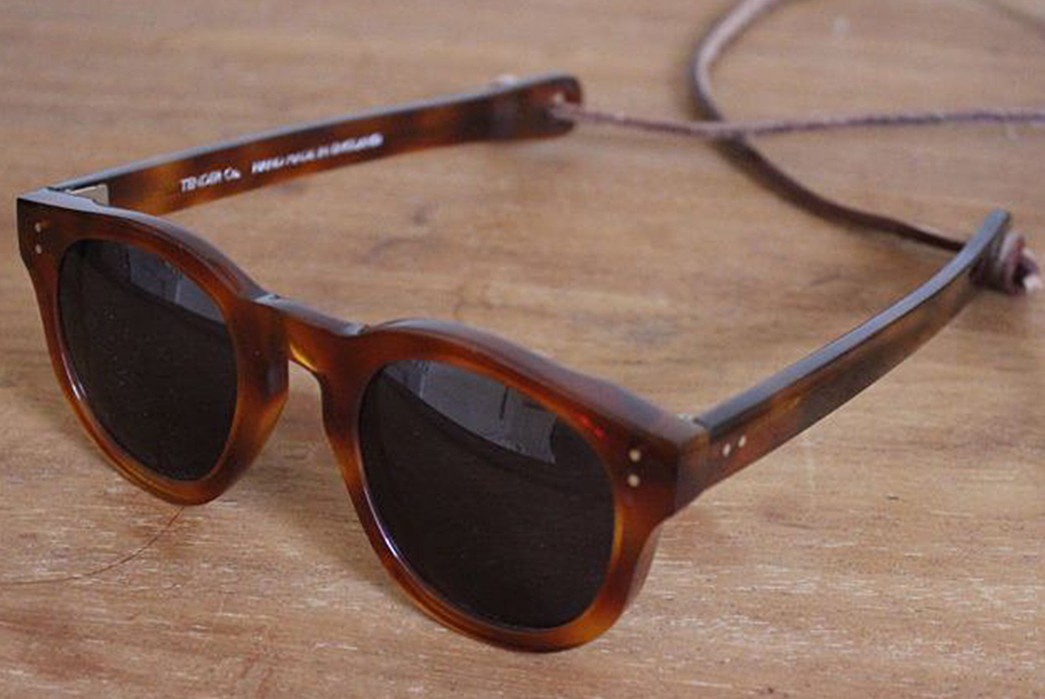
Tender Co.
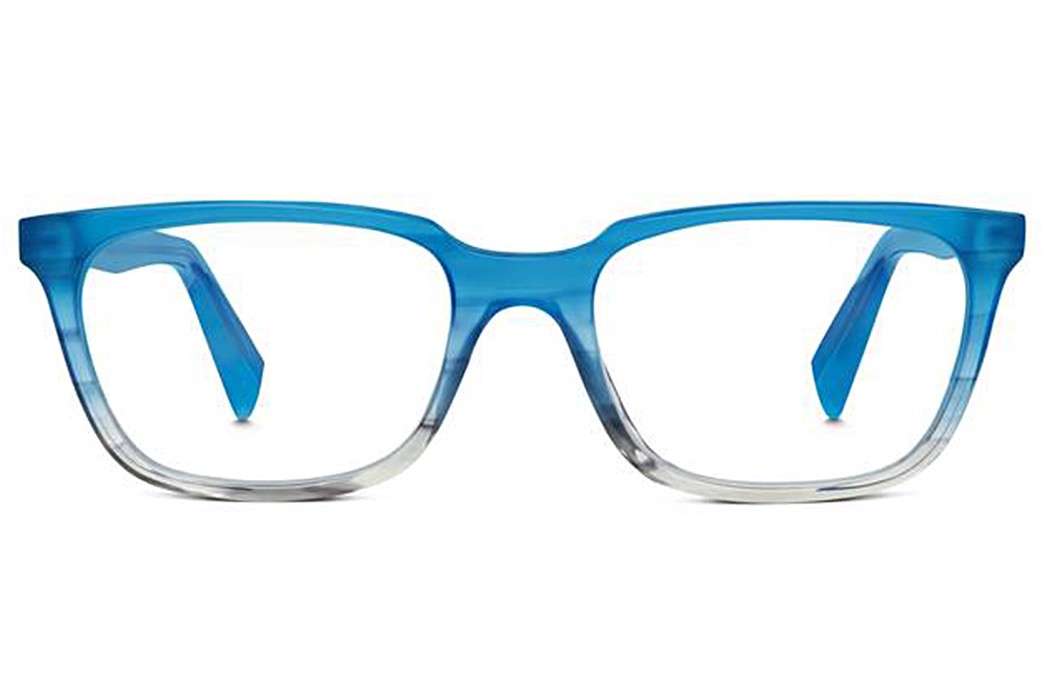
CA by Warby Parker
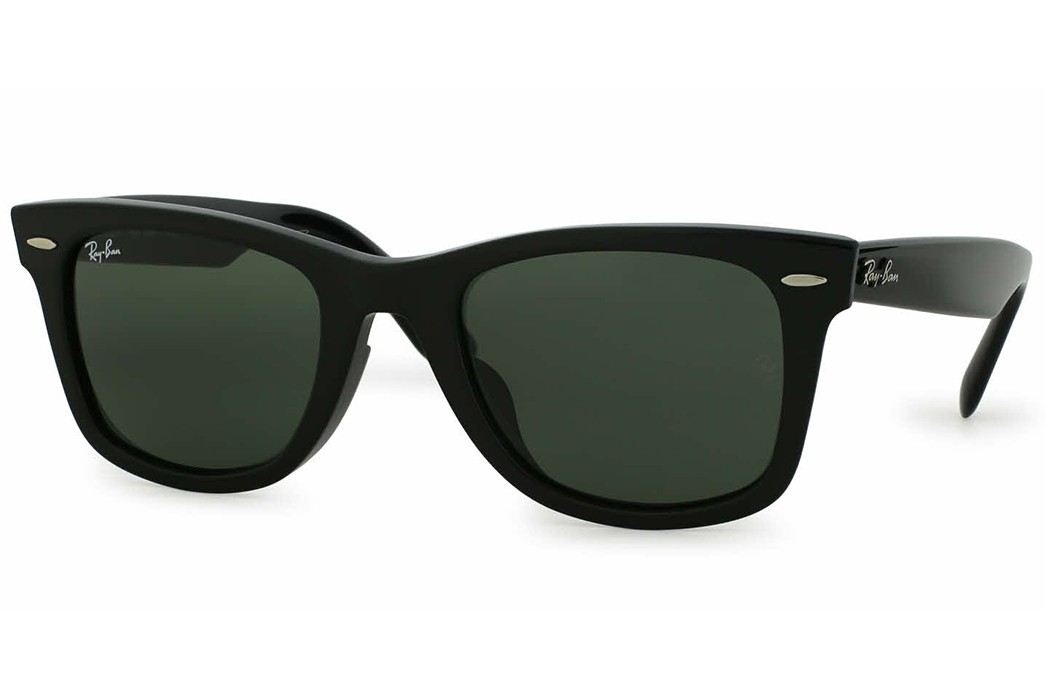
OG Wayfarers by Ray-Ban
As I said, Moscot makes some nice examples, as does Tender Co., Warby Parker, and the frame that launched a thousand…tributes, the original Ray Ban Wayfarer. So whether your style is classic or more contemporary, there’s surely a cellulose acetate example just waiting for you and your (cheap injection molded plastic) credit card.

